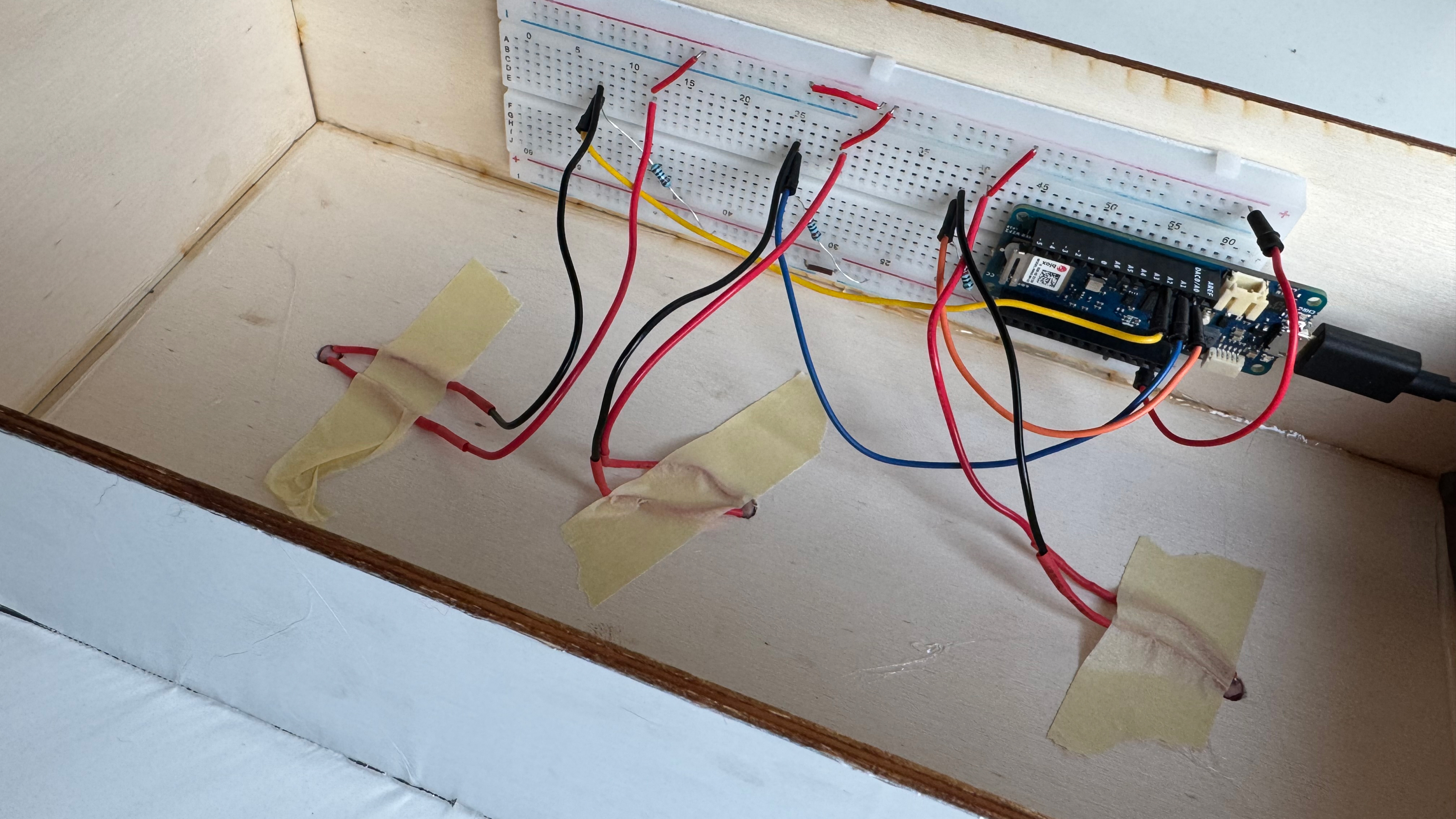Imagining What the Fossils of the Future Might Say About Us
Technofossils are “human-made artifacts that can become part of Earth’s far-future geology,” potentially offering people generations from now a glimpse into our daily lives. For example, a cheap plastic trinket might take 500 years to decompose—could that kind of longevity be mistaken for a sign of high value? The techno_fossils exhibition imagines the absurd ways people hundreds of years in the future might interpret our society based on the objects we leave behind.
In addition to collaborating on ideation and prototyping, I took the lead on physical computing and developing the interactive experience using Processing and Arduino.
In addition to collaborating on ideation and prototyping, I took the lead on physical computing and developing the interactive experience using Processing and Arduino.






